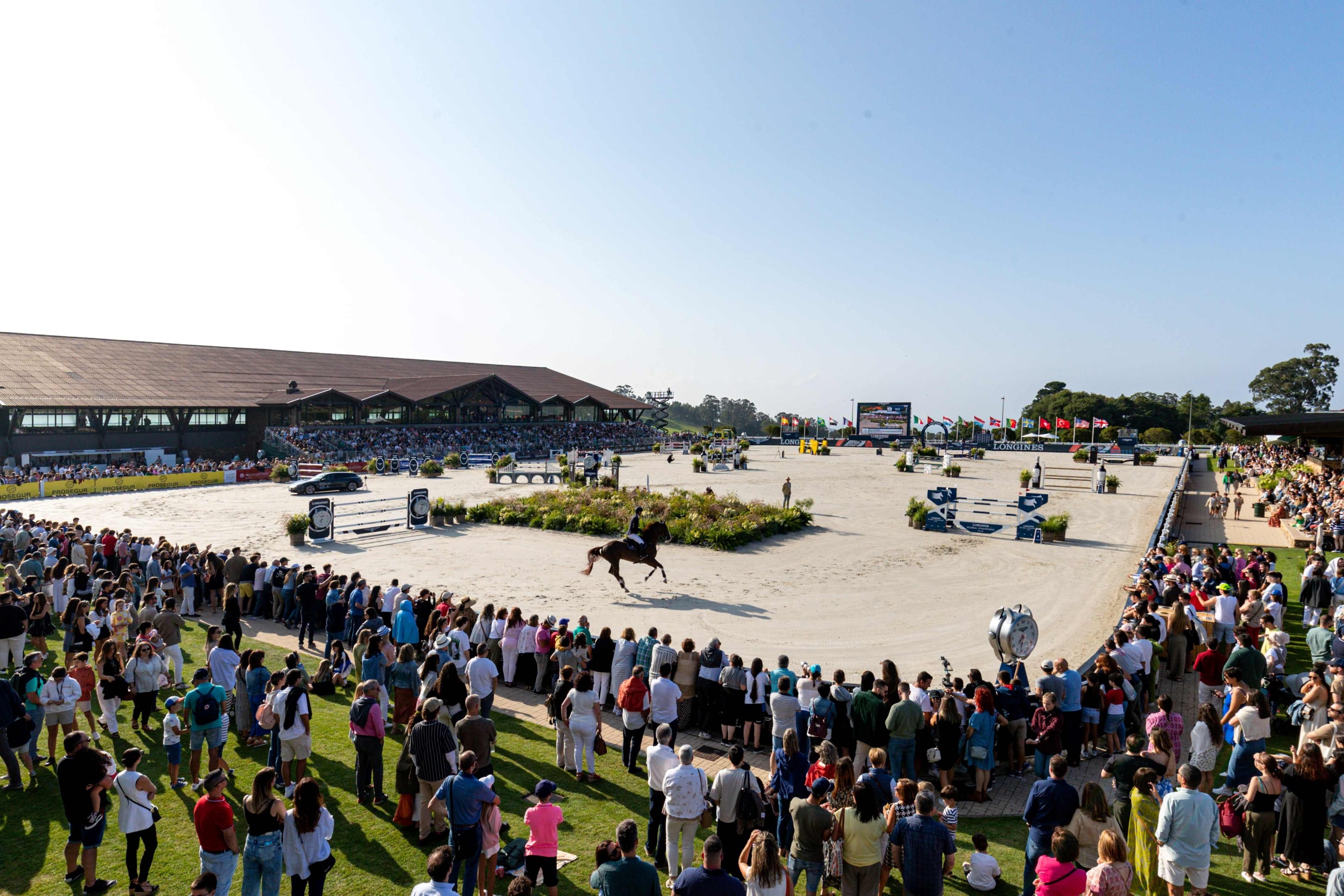
What are you missing out about showjumping at the Olympics?
Showjumping, eventing and dressage are the three equestrian sports taking place in the Tokyo 2020 Olympic Games. In this competition, riders have to perform a series of jumps in numerical order in the fastest time possible to win.
Who should we be focusing on in these Olympic Games? Who has been the most successful at horse riding in the history of the sport and what role does jumping have in the modern pentathlon? We will be answering these and more questions below.
The best countries at showjumping
Currently, the reigning Olympic show jumping champion is Great Britain’s Nick Skelton who scored individual gold at Rio 2016 and retired in 2017 after his seventh Olympic Games. Skelton and Ben Maher helped Britain achieve the team gold at London 2012, and the latter is still riding strong as he won silver at the 2019 European Championships.
Countries such as the USA, Belgium, Germany, Ireland, the Netherlands, Switzerland, Brazil and Sweden are among the leading nations for the showjumping discipline at the Olympic Games. These include some of the world’s most successful riders such as Steve Guerdat, former number one, or Daniel Deusser, the current leading rider.
Martin Fuchs won in Rotterdam and was also second at the 2018 World Equestrian Games. He is part of a strong Swiss team together with Steve Guerdat, the individual gold medallist at London 2012.
The United States won the team gold at Athens 2004 and Beijing 2008 with Beezie Madden and McLain Ward. The Swedes are also a country to look for as Peder Fredricson is hoping to do better than in Rio where he took the silver medal home also, he is the current number 2 in the LGCT Standings.
A new format
With the new format implemented at the Olympic Games for this year’s team showjumping competition, only three athletes will be competing for each country. Every score will be included in the team’s final tally.
Before, four athletes competed in the Olympics and only the three best scores were considered.
For more information regarding the format, venue and schedule, follow this link.
The most successful Olympic equestrian jumper
Hans Günther Winkler is considered the most successful equestrian jumper in Olympic history as he was the reigning two-time individual world champion. He debuted in the Olympic Games in 1956 when the equestrian events took place in Stockholm due to Australia’s strict quarantine measures.
He won gold with four faults despite the pain of a pulled groin muscle. He beat the Italian D’Inzeo brothers and helped All-Germany win the team gold.
Four years later in Rome, Winkler was fifth as Raimondo won the gold medal, but he successfully defended the team title. This repeated at Tokyo 1964, the last Games for the All-German team.
In Mexico City 1968 he took the bronze home with West Germany and they won the title in Munich four years later. Winkler remains the only jumper to win five Olympic gold medals and the only equestrian rider to claim medals at six different Games. This is an achievement Isabell Werth could match in the Tokyo Olympics.
Are athletes allowed to change horses during the event?
No.
Once the competition begins, horses and riders need to be the same. Athletes are allowed to view the jumps on foot on the set course before so they can memorise the route. Also, you might notice they count their steps: this is to calculate the amount of strides their horses will take.
What is the modern pentathlon and what role does showjumping have in it?
The modern pentathlon is an Olympic sport formed by five different events: fencing, freestyle swimming, showjumping, cross-country run and pistol shooting. The showjumping part of the pentathlon looks similar to the one in show jumping events, however, it has some differences.
Athletes are paired with horses in a draw that takes place shortly before the competition. This means they will not be riding their horse. They only have 20 minutes to practice on the horse before entering the arena. Also, jumps are significantly lower at 1.20m.
In a typical show jump, poles are held in place horizontally by a shallow ledge of uprights known as wings. These are really easy to knock down if a horse touches them. The biggest jumps in the Olympic showjumping event stand 1.65m high. The world record for a horse and rider stands at 2.47m, set in 1949.












_v2.svg)
_v2.svg)









_v2.svg)


